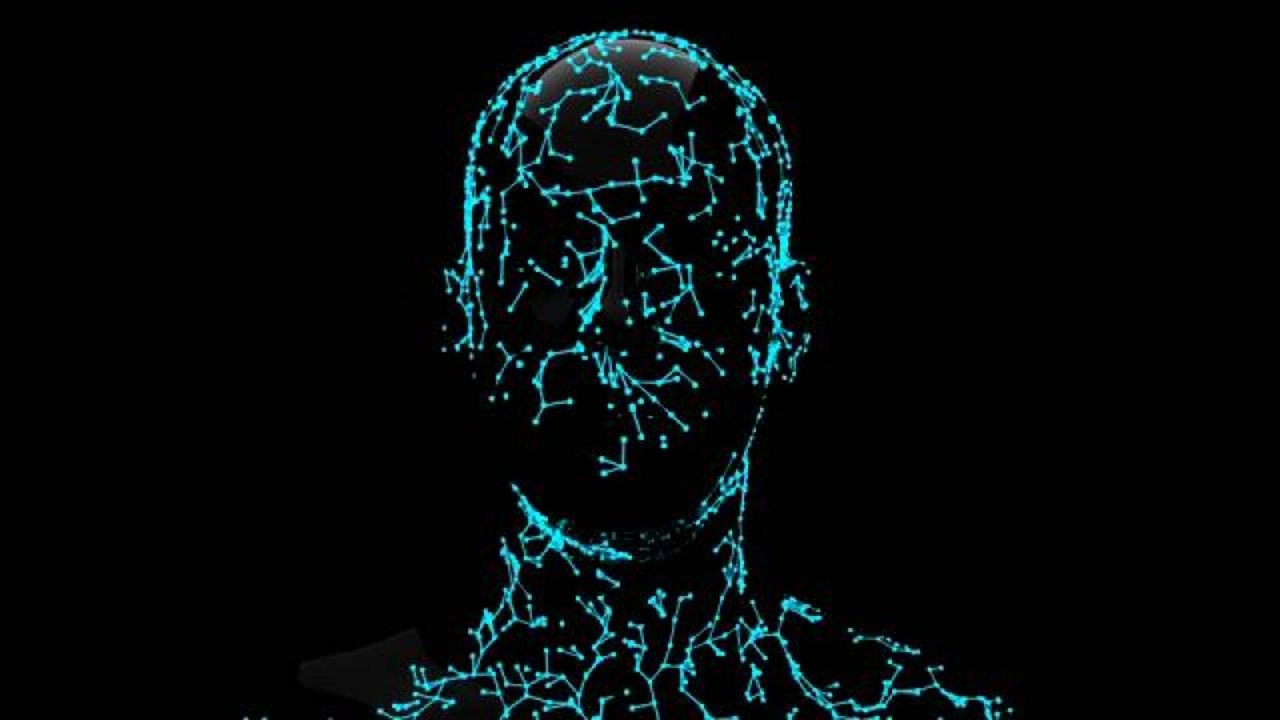Determining your top Netflix preferences, detecting fraudulent transaction patterns, identifying a distant eight-planet solar system – such tasks would be painstakingly slow, inaccurate, or even impossible if it weren’t for artificial intelligence (AI), already entrenched as one of the definitive technologies shaping Industry 4.0. AI and its subset, machine learning (ML), are used across all industries to complete an impressive array of complex tasks. But, as with the evolution of any major technology, barriers still exist. What’s now largely considered to be the holy grail of the AI market is how to create a machine that can learn in unfamiliar environments, the way humans can.

Making artificial intelligence more human
Artificial intelligence is an unstoppable global force, yet AI-based machines still often struggle to answer simple questions and learn in new environments, the way a human can. New advancements in AI technology help machines to develop human perception by enabling them to find patterns in sensory information and unlock previously unobtainable possibilities – from self-driving cars to precise cash processing.
According to McKinsey, the AI market has the potential to deliver additional global economic activity of around $13 trillion by 2030.1 Recent advancements in AI, namely in deep neural networks (DNNs), have accelerated the pace with which AI’s capabilities accurately emulate those of a human brain. For example, in 2015, an AI machine infamously passed an IQ test with results just on par with those of a four-year-old.2 Yet in 2016, in a landmark achievement, AlphaGo beat the world champion Go player in the complicated game, making AlphaGo arguably the strongest Go player in history.3 This is significant not just because AlphaGo had to navigate multiple layers of strategic thinking or consider 10170 possible board configurations, but because it developed the ability to learn from its mistakes by playing against itself. This signifies the development of more human-like machine perception.
What does this mean for industry?
Neural networks, which enable a computer to learn from observational data, are inspired by the functioning of the human brain. Deep learning is a powerful set of neural networks’ learning techniques. DNNs combine the two, resulting in particularly effective applications within image recognition. While many DNNs far surpass human abilities in visual classification tasks, they can still be fooled by simple gimmicks – such as adding tape to a speed limit sign to trick a Tesla into traveling 85 mph, rather than the legal speed of 35 mph.4 This means that DNN systems must still overcome the challenge of processing huge amounts of data to reach consistently accurate conclusions. The first step in achieving this is greater computing power. The next? Advancing AI programs to allow them to more closely mimic the human brain.
“AI-powered machines are already able to complete technologically phenomenal tasks. The next step is to develop their human perception“
Business Development Manager at G+D
In the security industry, the Advanced Security Analytics Platform from finally safe and secunet uses AI to uncover hidden data thefts or manipulation attempts before damage can be caused. The platform uses cutting-edge developments that allow it to detect anomalies through a self-learning system. And in the transport industry, advances in the AI market are leading the way towards autonomous vehicles. AI algorithms that use multi-sensor data fusion (MSDF) – an innate human function – merge the data from the vehicle’s sensors, radar, and cameras before making decisions, enabling the vehicle to develop a holistic view of environmental hazards and to make safe, accurate decisions.5 Using DNNs in combination with MSDF, cars can learn from situations and meet future requirements – just as AlphaGo can adapt to different opponents.
All this data inevitably leads to the question of how it can be used without infringing on privacy laws. But with AI, companies are now able to analyze publicly recorded camera data while complying with privacy regulations worldwide. A Berlin-based company, brighter AI, for example, uses AI to anonymize images collected by video and CCTV cameras, while retaining important characteristics, such as human emotions, allowing the data to be used without weakening its effectiveness.
Improved results through data fusion

Another application of MSDF is in banknote processing. Cash handling systems receive data from a variety of sensors to make a decision on the authenticity and fitness of a banknote. Currently, when qualifying a feature such as a watermark, each sensor applies a single, sequential measurement to make its determination. However, by merging the data from multiple sensors in a banknote processing machine, and analyzing a note more holistically, a much more complete picture is created. This vastly increases the accuracy of banknote classification, which lowers the number of banknotes falsely identified as unfit or counterfeit, and in turn lowers costs. The AI-related deep fusion analysis also allows the machine to learn and improve, thereby making future adaptations easier and driving greater long-term cost-effectiveness for banks and cash centers.
Michael Khomut, Business Development Manager at G+D, believes that greater precision is just the beginning. “Wider adoption of these technologies and continued development in the area of deep fusion will unlock innumerable future possibilities,” he says. “AI-powered machines are already able to complete technologically phenomenal tasks. The next step is to develop their human perception.”
In order for machines to more closely emulate the sophisticated functioning of the human brain, more research and investment is needed in the area of DNNs and MSDF. This will ensure that a machine can create a complete and comprehensive representation of its ambient environment. Before we know it, AI-based machines will be able to act intelligently in novel environments and achieve new, currently unforeseen capabilities.
-
McKinsey “Notes from the AI frontier” 2018
-
BBC “Intelligent Machines: AI had IQ of four-year-old child” 2015
-
DeepMind “AlphaGo” 2019
-
McAfee “Model hacking ADAS to pave safer roads for autonomous vehicles” 2020
-
AI Trends “Multi-Sensor Data Fusion (MSDF) and AI” 2019
Published: 25/08/2020



